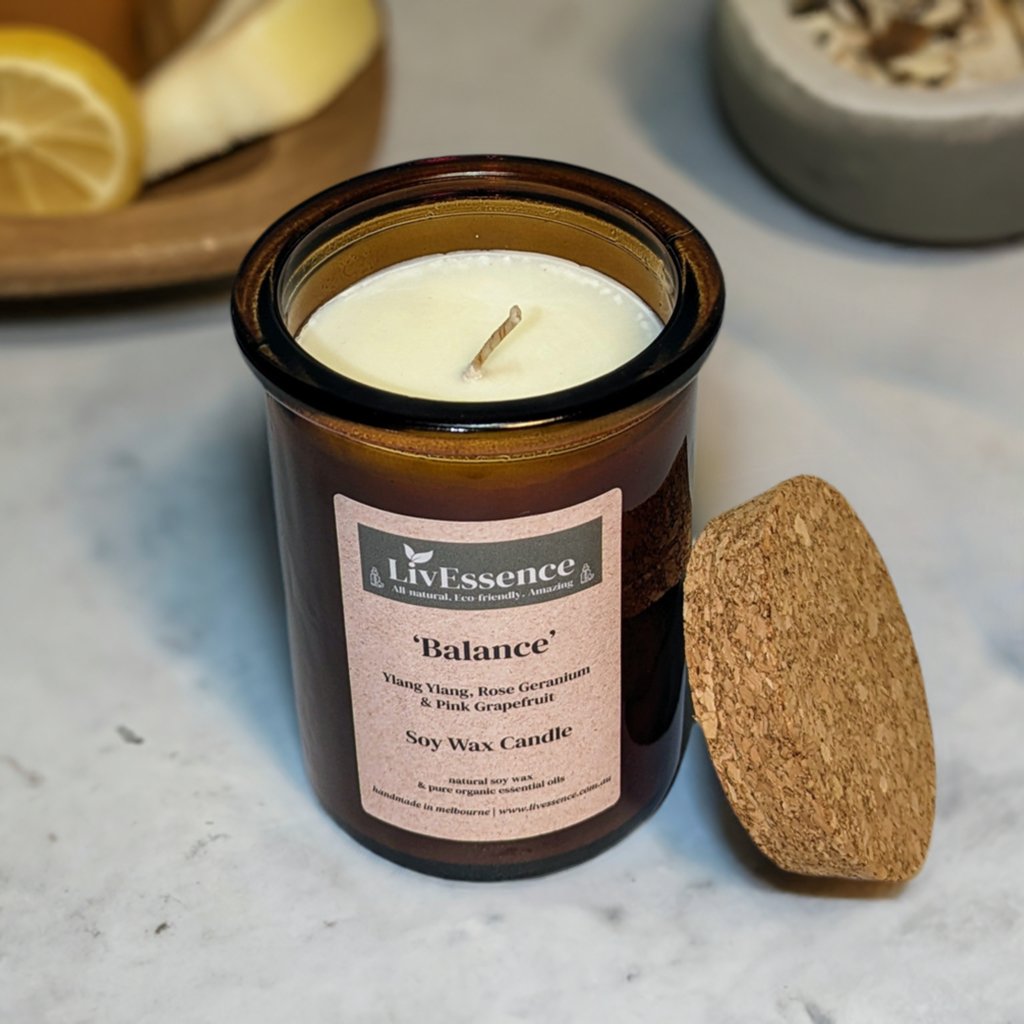Shop Sustainable Soy Wax Candles and Home Fragrance Collections
Shop Sustainable Soy Wax Candles and Home Fragrance Collections
Blog Article
From Wick to Wax: Recognizing the Chemistry Behind Soy Wax Candles and Their Environmental Influence
As we illuminate our spaces with the warm glow of candles, there lies a world of intricate chemistry behind the relatively straightforward act of lighting a soy wax candle. Join us as we decipher the scientific details behind soy wax candles and explore their implications on our setting.
Soy Wax Vs. Paraffin Wax
When contrasting soy wax and paraffin wax for candle making, it is important to recognize the distinctive characteristics and advantages of each product. Soy wax is an all-natural, renewable energy originated from soybean oil, making it environmentally friendly and eco-friendly - home fragrance. On the other hand, paraffin wax is a byproduct of petroleum refining, which raises worries about its ecological effect and sustainability
Soy wax candles melt cleaner and produce less soot compared to paraffin wax candles, making them a healthier choice for interior air high quality. Furthermore, soy wax has a reduced melting point, enabling a longer-lasting candle light that spreads scent better. Paraffin wax, on the various other hand, tends to shed faster and less easily, possibly launching hazardous chemicals right into the air.
From a sustainability viewpoint, soy wax is preferred for its biodegradability and renewable sourcing, aligning with the expanding consumer choice for environmentally aware items. While paraffin wax has been a typical selection in candle making due to its affordability and convenience of usage, the shift in the direction of eco-friendly choices like soy wax is gaining energy in the market.
Chemical Structure of Soy Wax

Combustion Process in Soy Candles
The chemical structure of soy wax straight influences the combustion procedure in soy candles, affecting aspects such as melt time, scent launch, and ecological effect. When a soy candle is lit, the warmth from the flame melts the wax near the wick.
The burning performance of soy candles is affected by the purity of the soy wax and the quality of the wick. A clean-burning soy candle light with an appropriately sized wick will decrease and produce a stable flame soot development. This not only expands the shed time of the candle however additionally enhances the launch of fragrances. Additionally, soy go right here wax candles have a reduced environmental influence compared to paraffin candle lights as a result of their biodegradable and renewable nature.

Ecological Advantages of Soy Wax

Thought about a sustainable option to standard paraffin wax, soy wax uses remarkable ecological advantages that make it a prominent choice among eco-conscious consumers. Soy wax burns cleaner and creates less soot than paraffin wax, adding to far better interior air top quality and minimizing the requirement for cleansing and maintenance. In general, the ecological benefits of soy wax align with the growing need for sustainable and eco-friendly products in the market.
Recycling and Disposal Factors To Consider
Recycling and proper disposal of soy wax candles play an important role in preserving environmental sustainability and minimizing waste in areas and houses. When it comes to reusing soy wax candle lights, the first step is to guarantee that the candle has actually melted totally.

In terms of disposal, if recycling is not an option, soy wax candles are biodegradable and can be securely gotten rid of in the majority of More about the author house waste systems. It is constantly suggested to inspect with local recycling centers or waste administration services for details guidelines on candle light disposal to make sure appropriate handling and ecological defense.
Conclusion
To conclude, the chemistry behind soy wax candles reveals their environmental advantages over paraffin wax candles. Soy wax, stemmed from soybean oil, burns cleaner and produces much less residue when contrasted to paraffin wax. The burning process in soy candles is more reliable, causing a longer and a lot more also melt. Additionally, soy wax is sustainable and eco-friendly, making it a much more lasting option for candle manufacturing. Recycling and proper disposal of soy wax candles further add to their environmental influence.
When comparing soy wax and paraffin wax for candle light production, official website it is important to recognize the distinct attributes and advantages of each product (home fragrance).Soy wax candles shed cleaner and produce less soot contrasted to paraffin wax candle lights, making them a healthier choice for indoor air high quality.Taken into consideration a sustainable option to standard paraffin wax, soy wax provides notable environmental advantages that make it a popular selection among eco-conscious consumers. Soy wax burns cleaner and produces less soot than paraffin wax, contributing to far better indoor air quality and decreasing the demand for cleaning and maintenance.In final thought, the chemistry behind soy wax candles discloses their environmental advantages over paraffin wax candles
Report this page